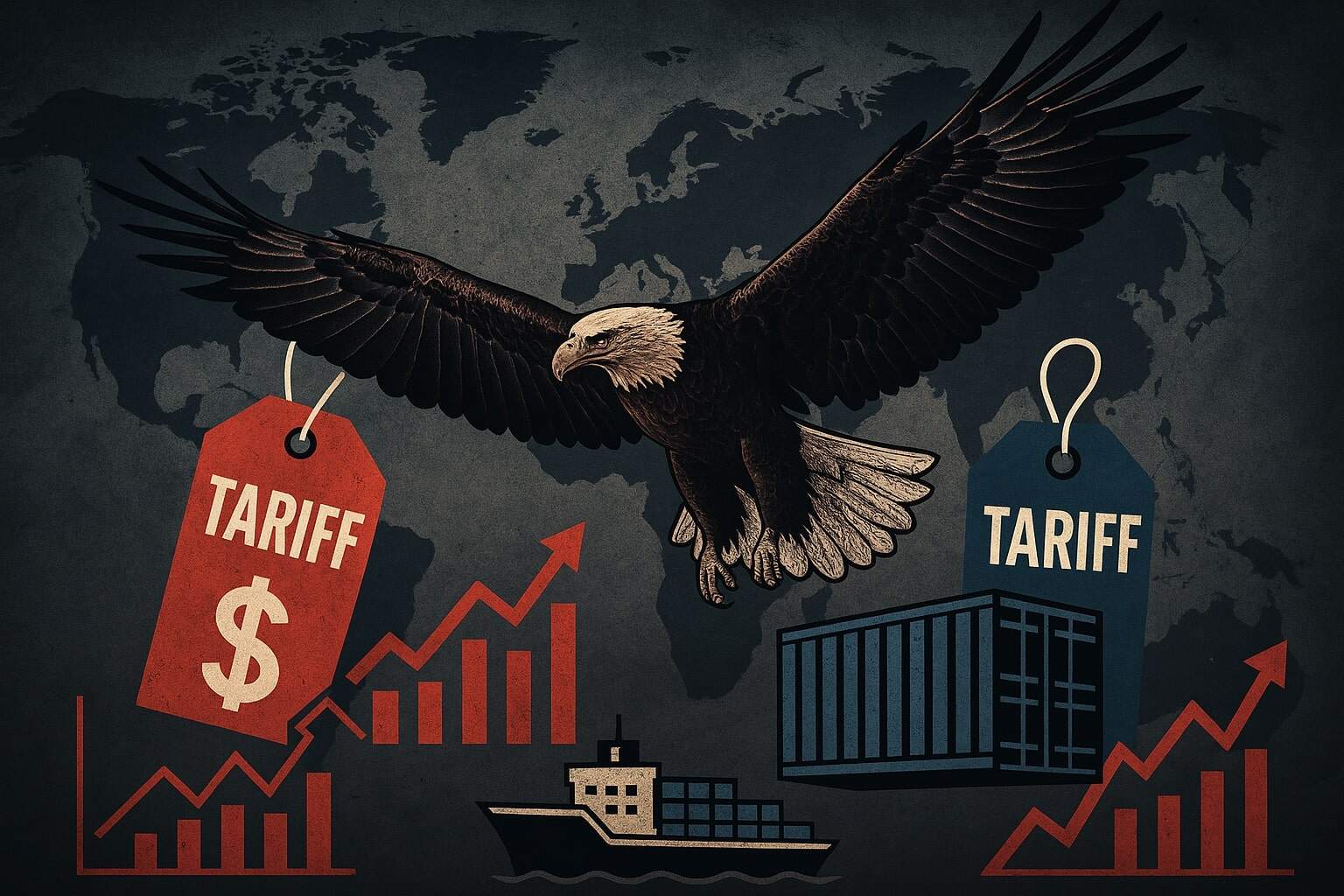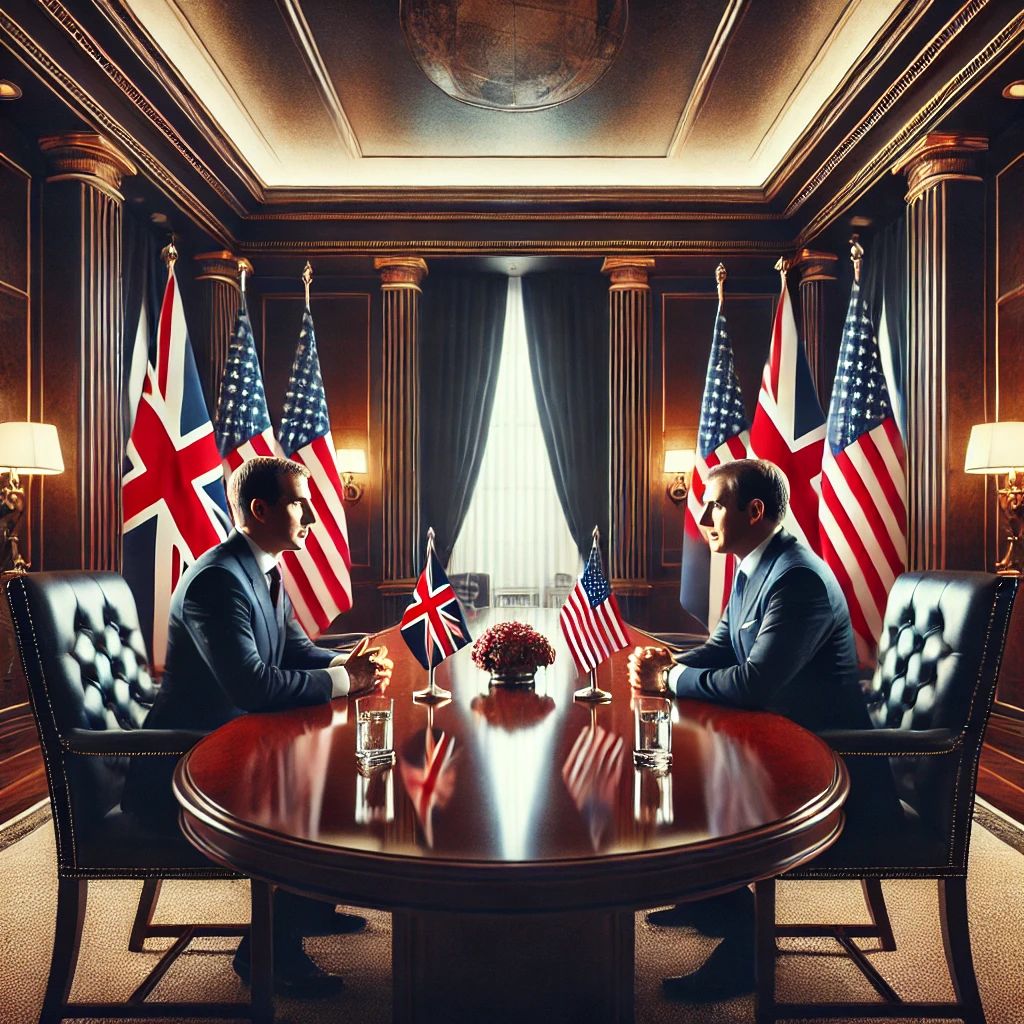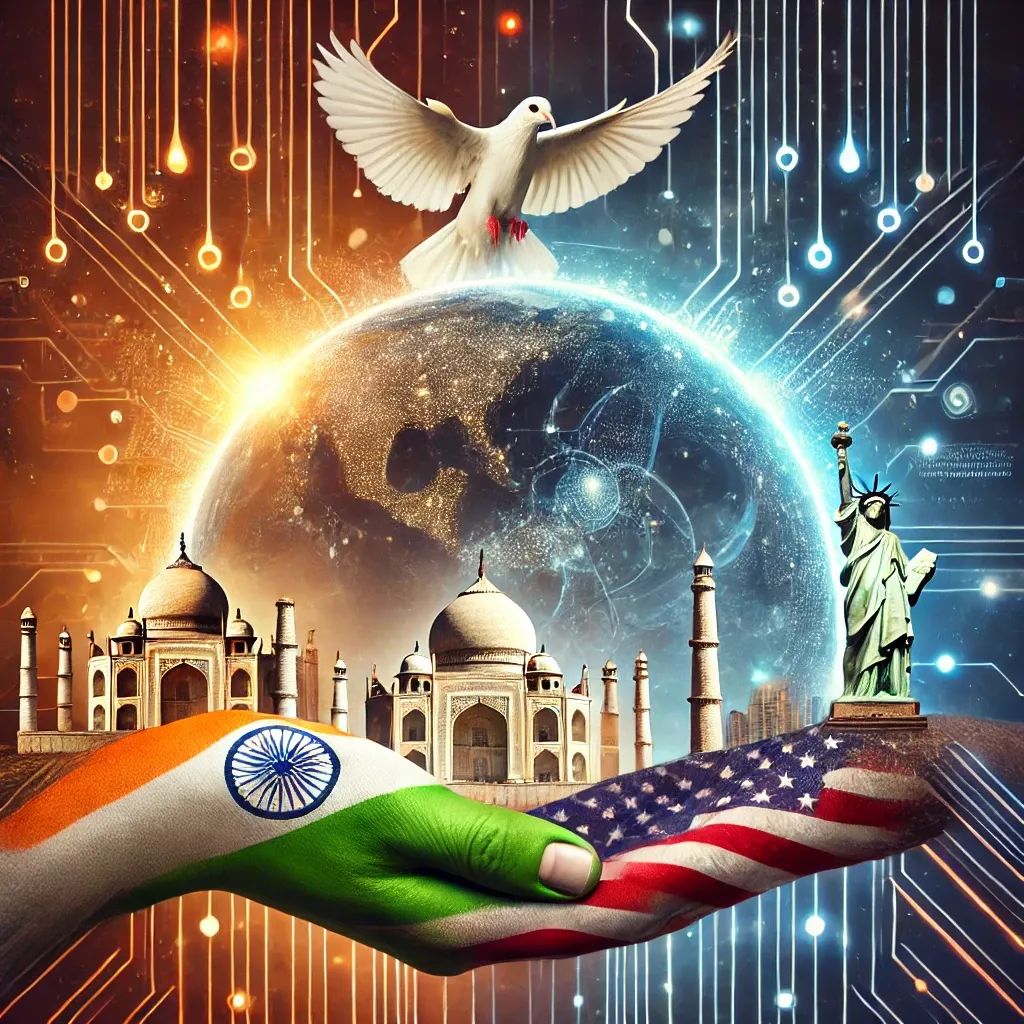
Tariff Tectonics: The US, Global Trade, and a New Geopolitical Landscape
In a world where trade has become a strategic chessboard, the US’s sweeping tariff policies are redrawing global alliances and disrupting established economic orders. This article delves into the geopolitical ramifications of these tariffs—from the immediate impact on industries and nations to the long-term strategic shifts that may shape the future of global trade. With expert analysis and future predictions, we explore how a continuation of this trend could reshape economic and political landscapes worldwide.

